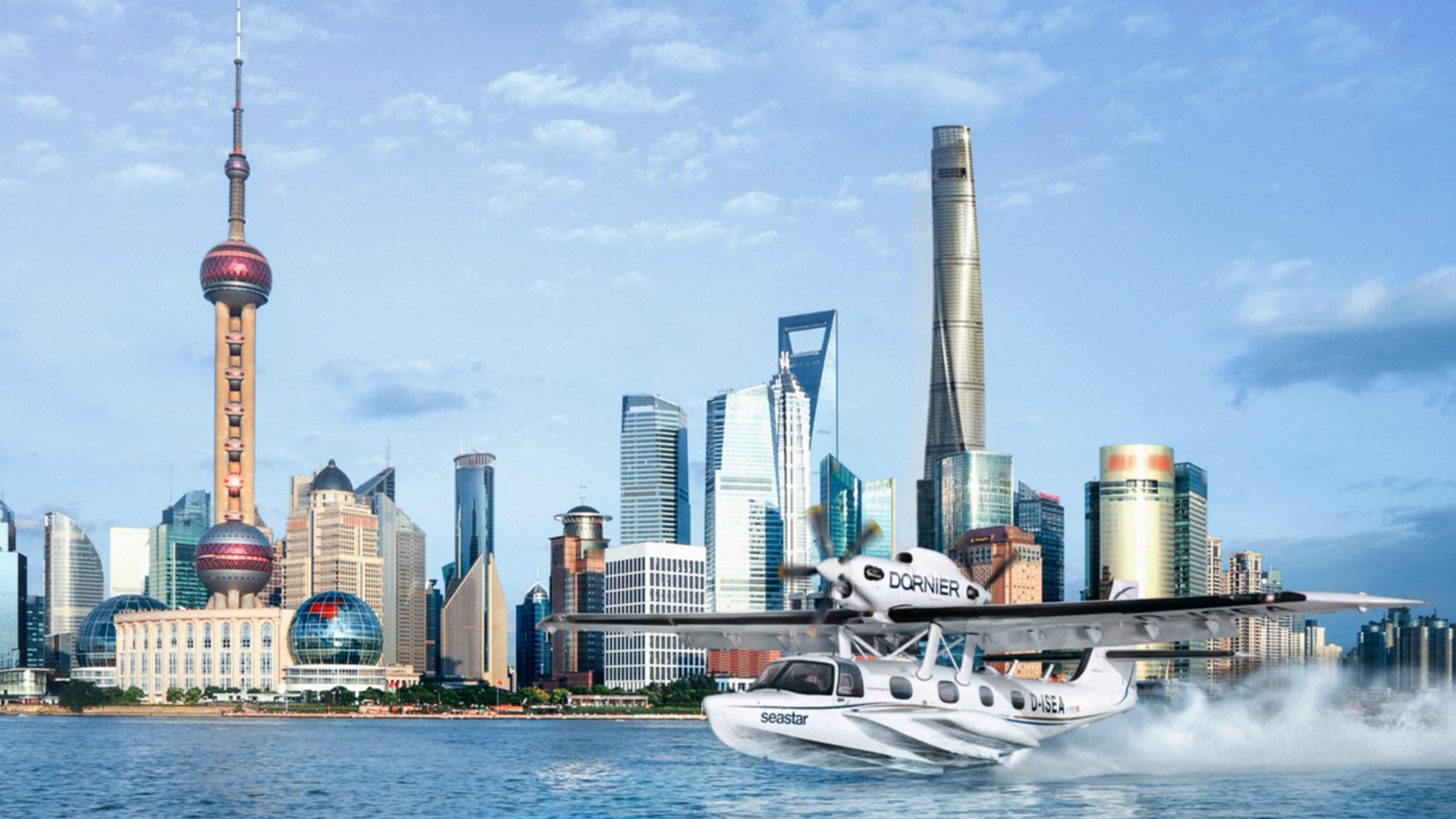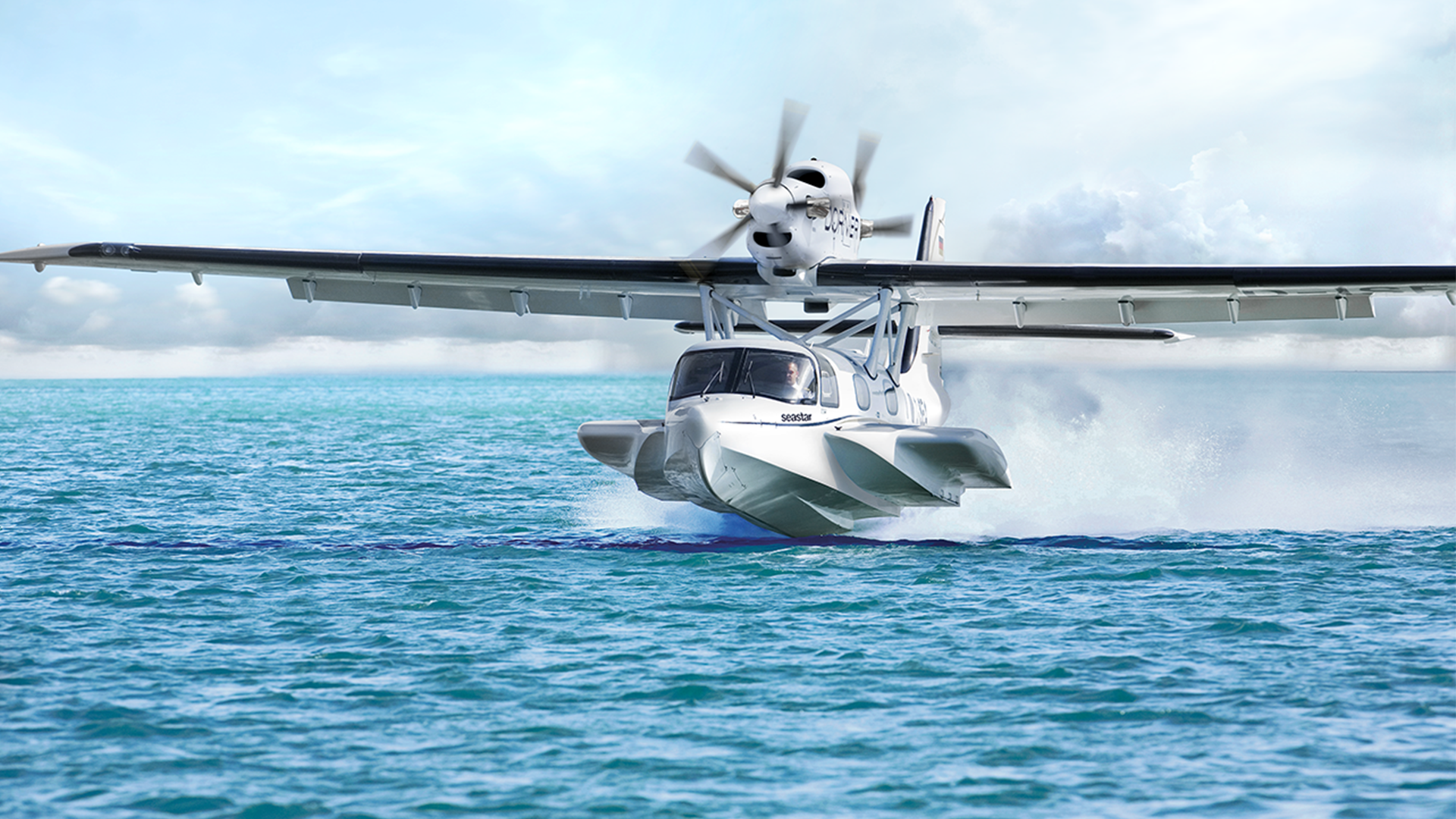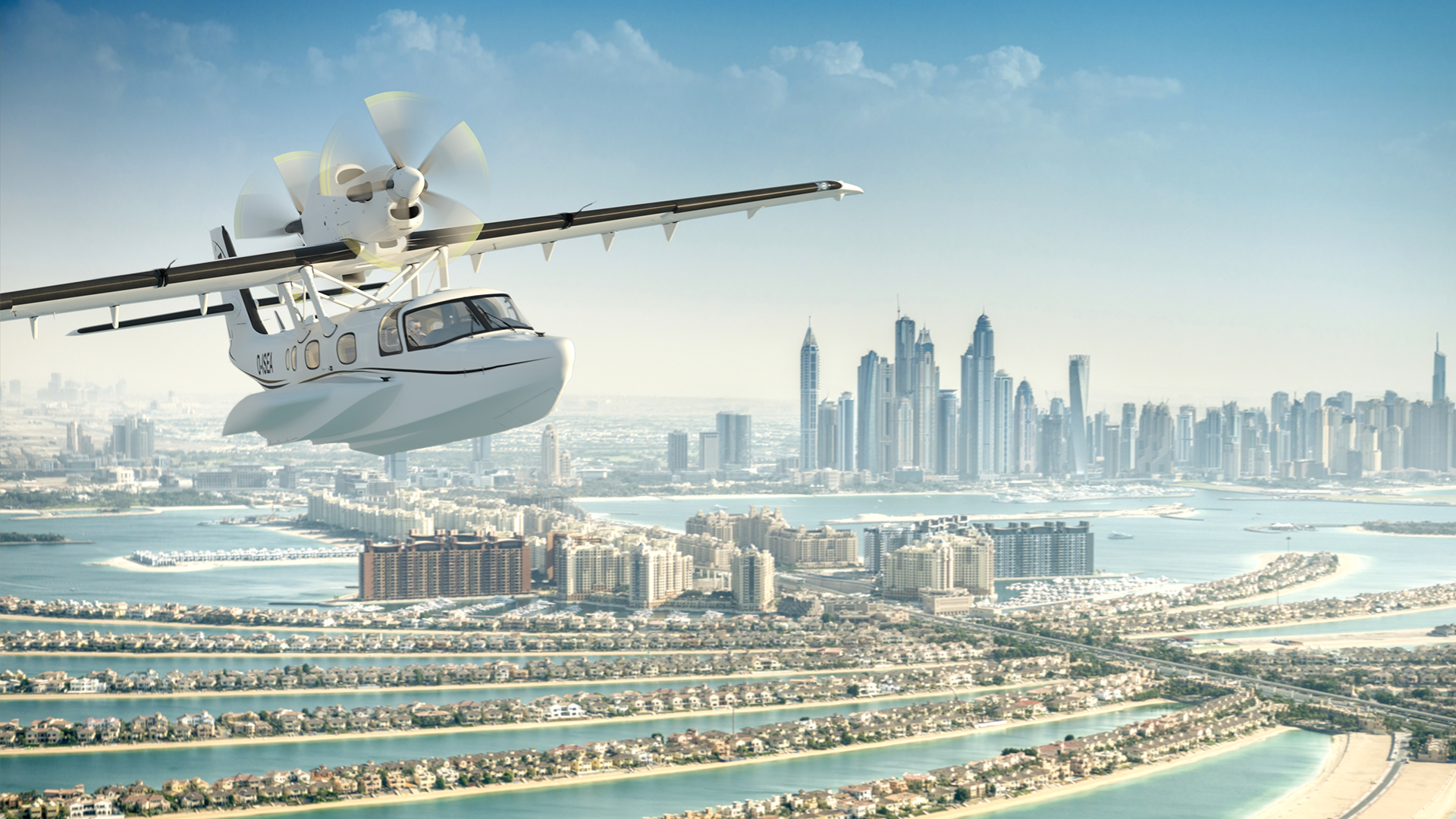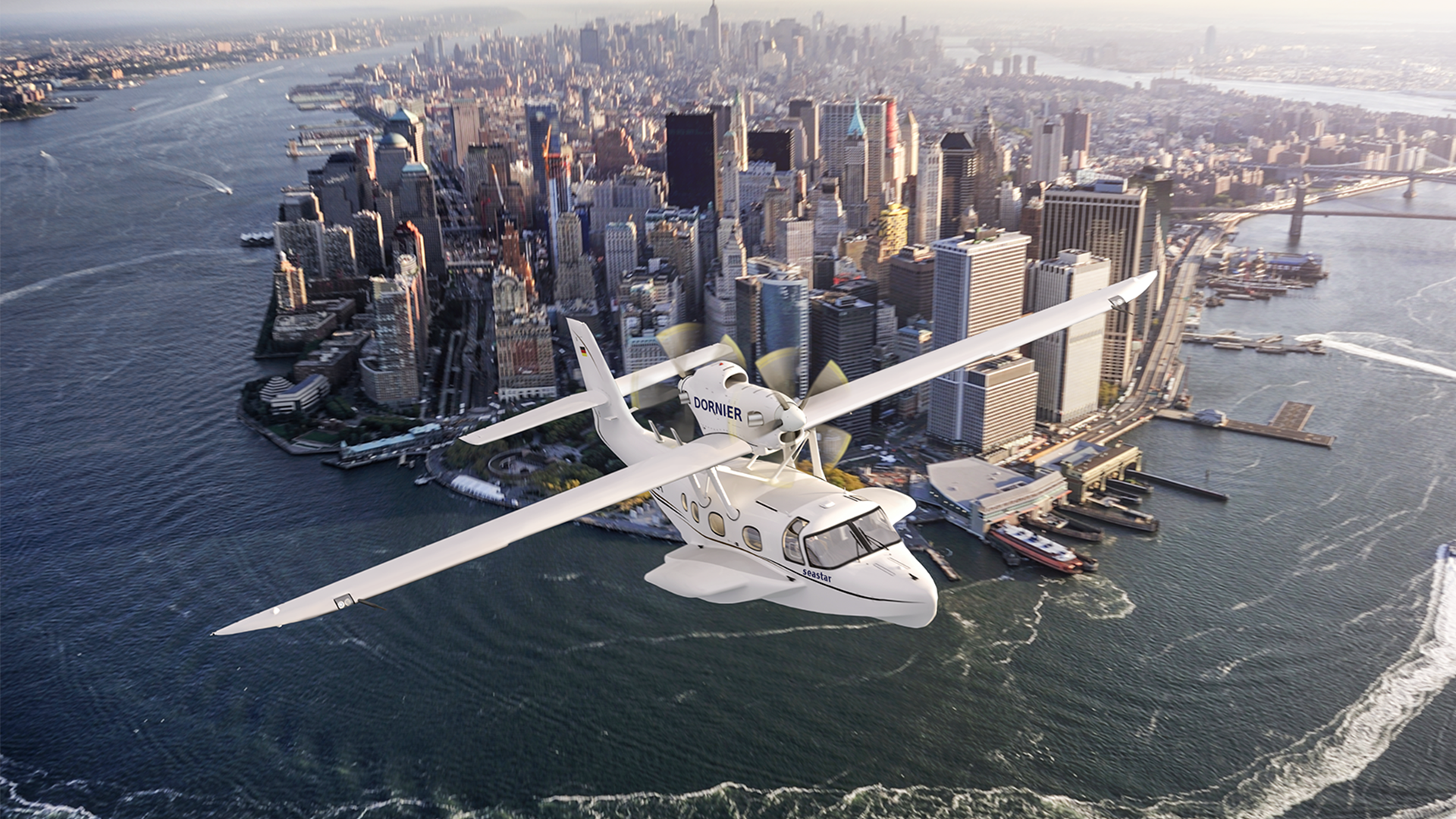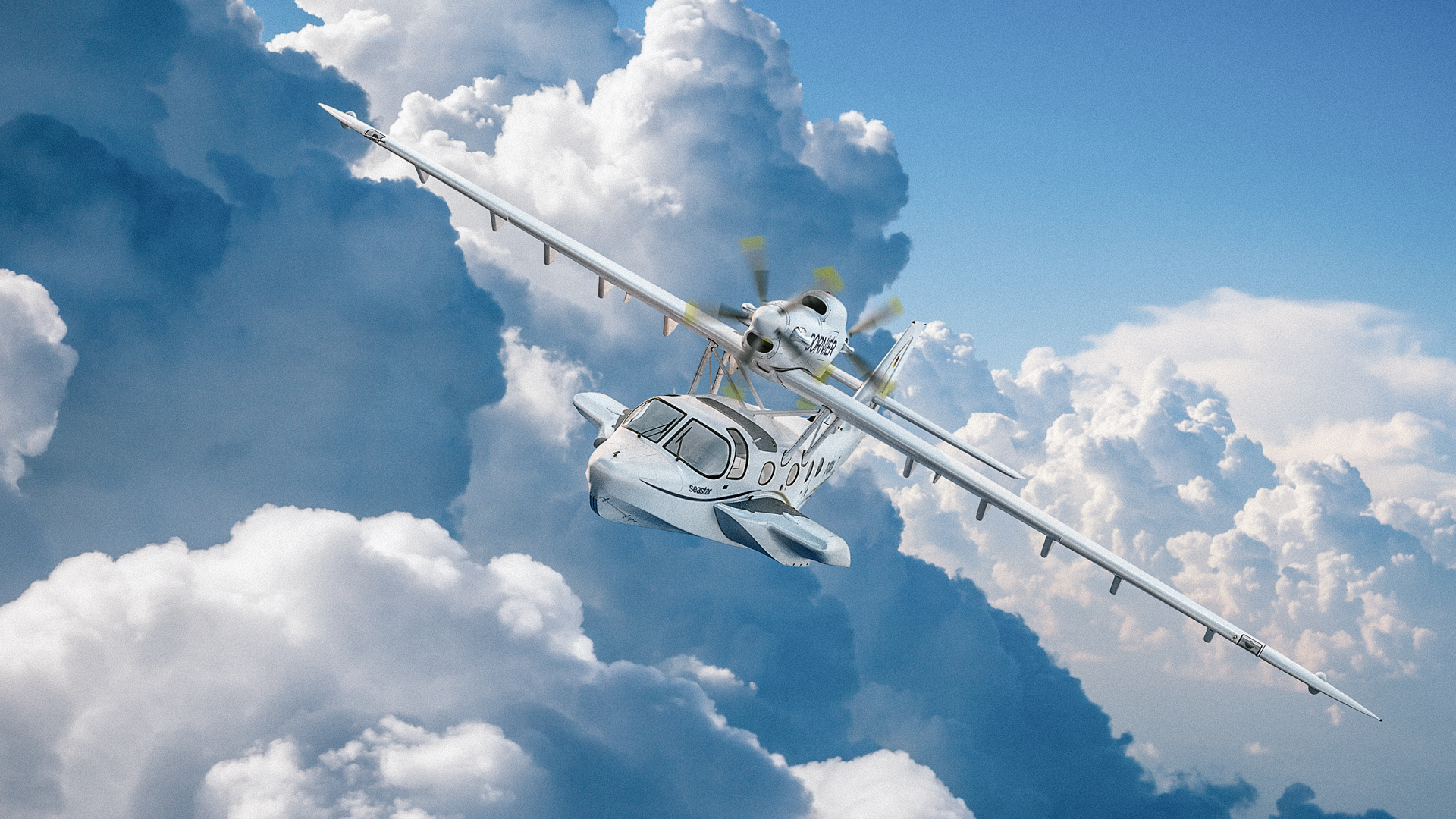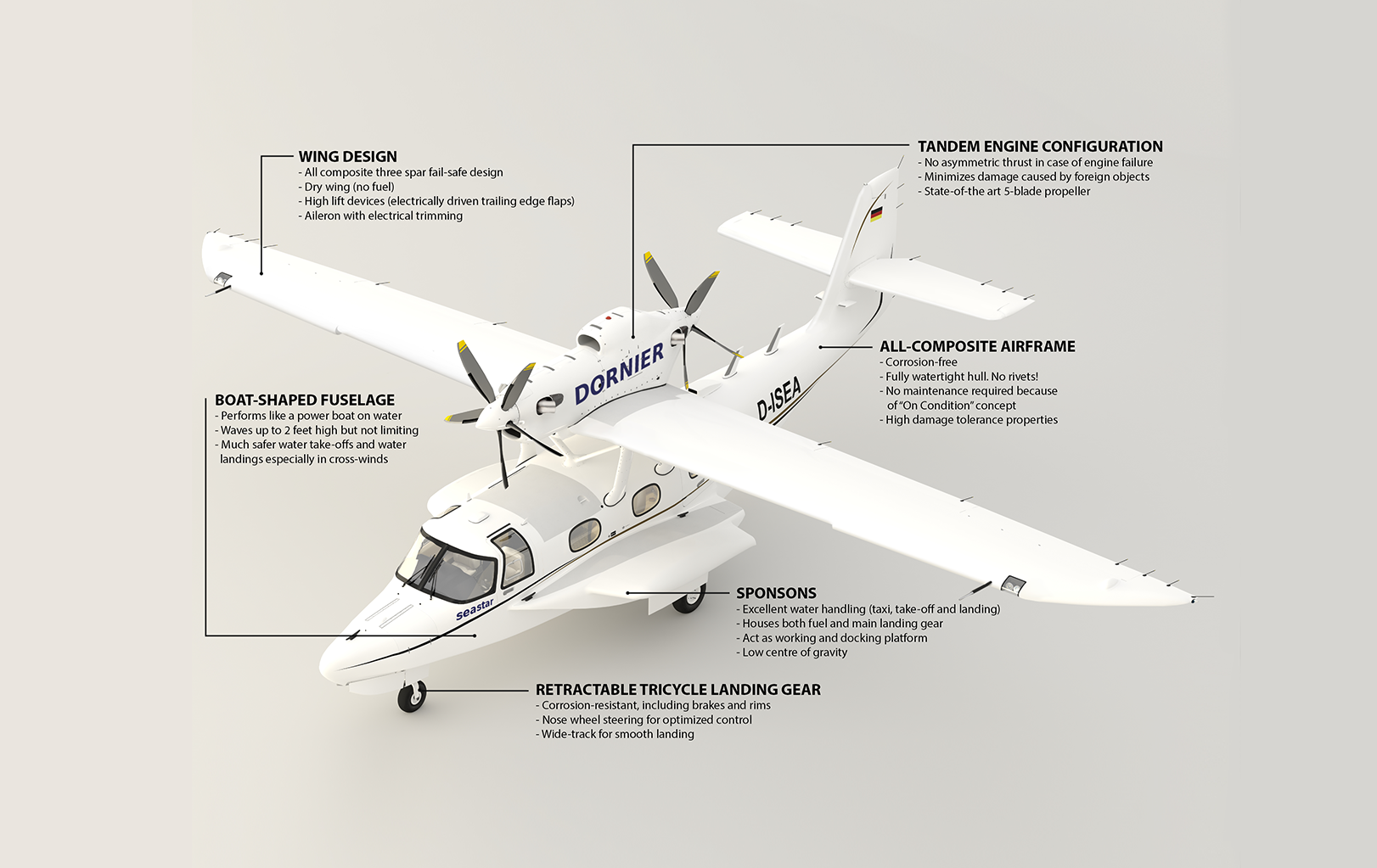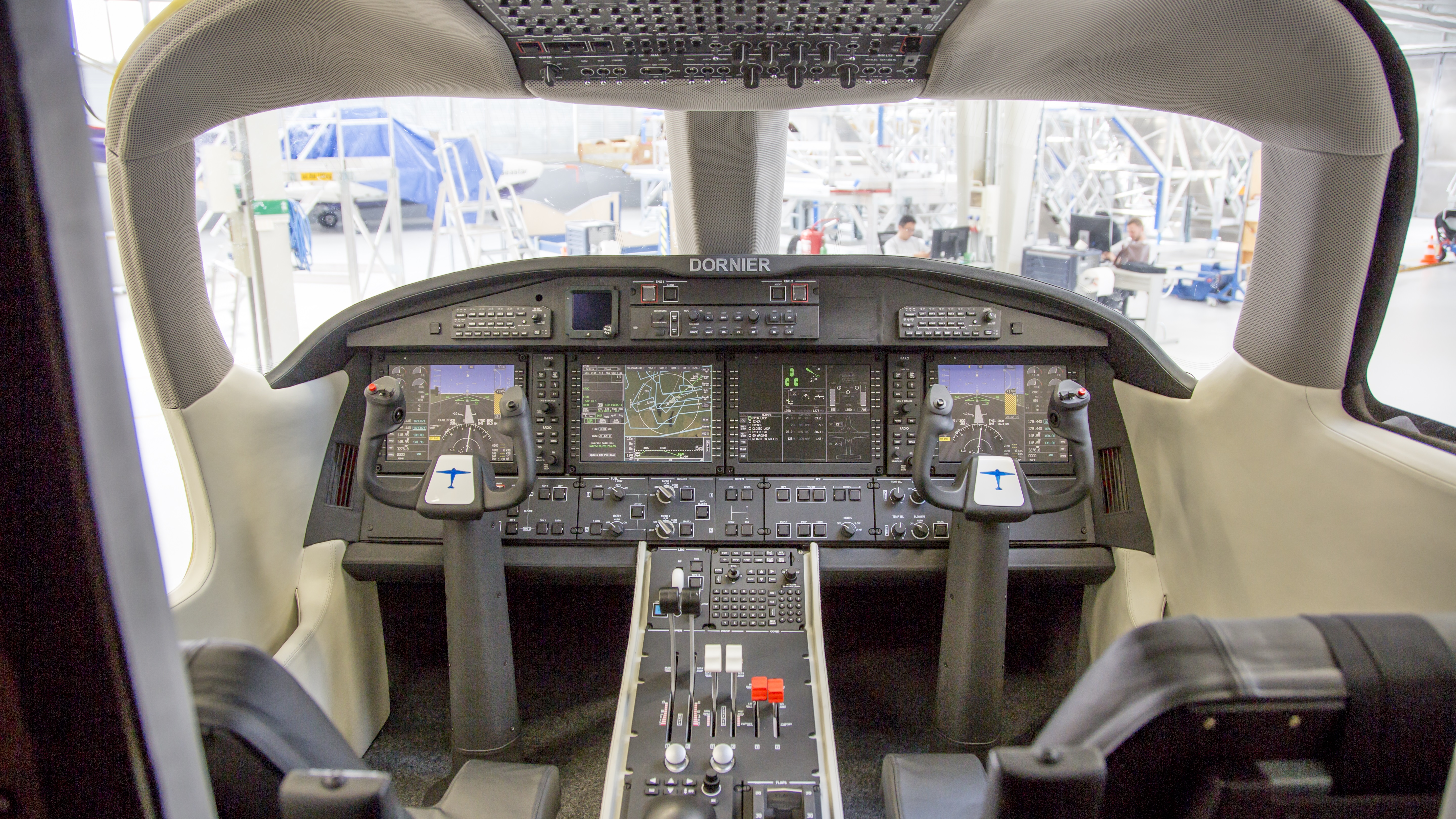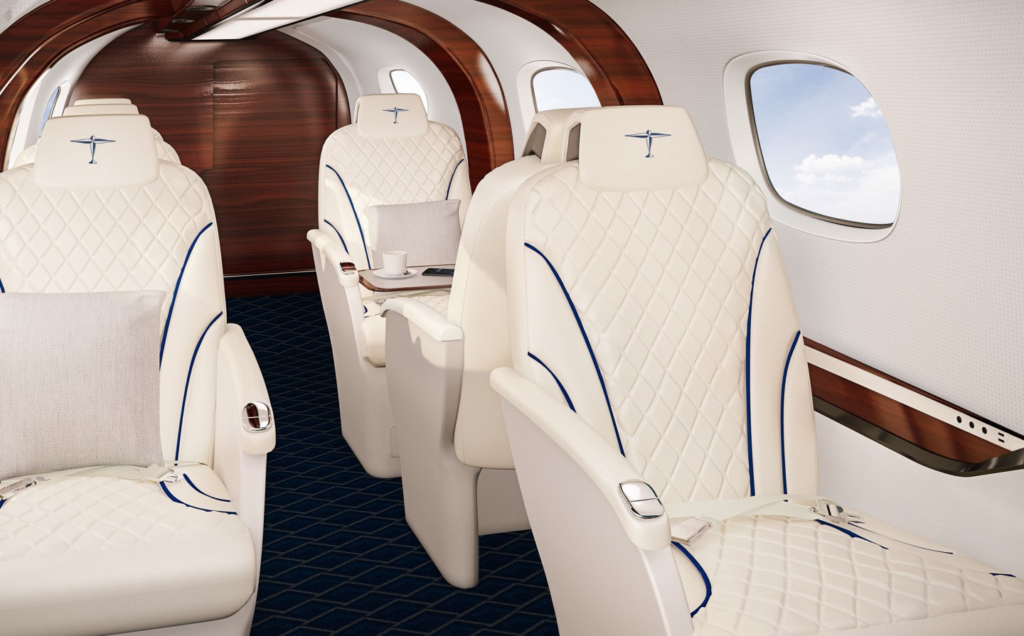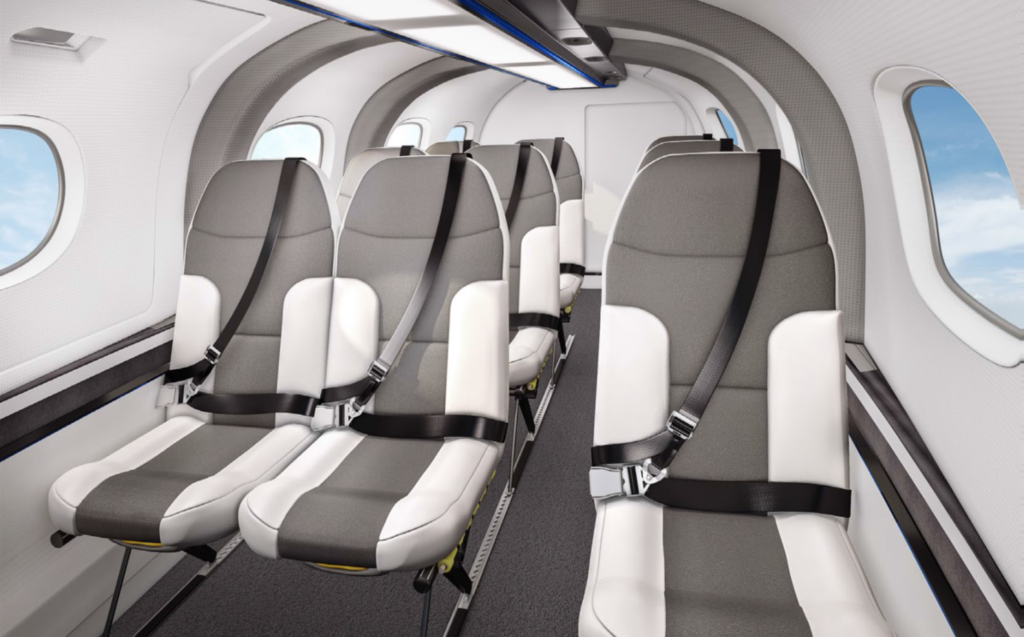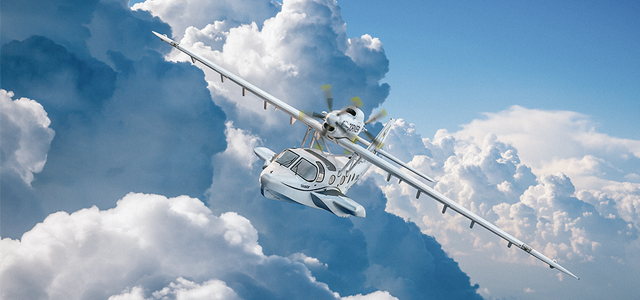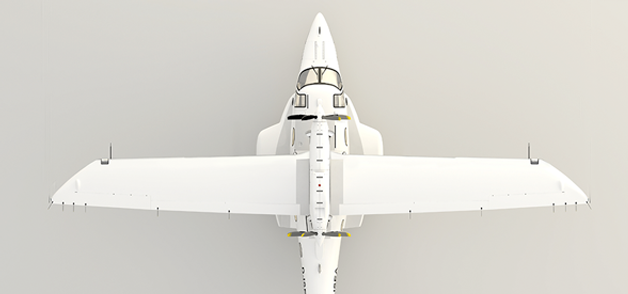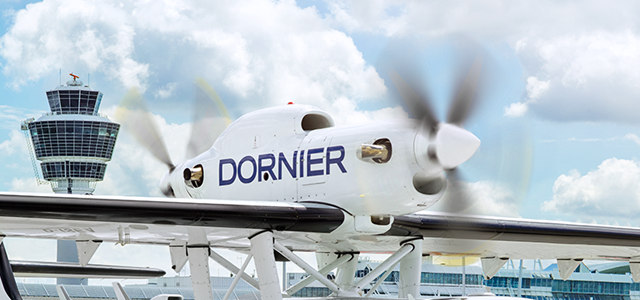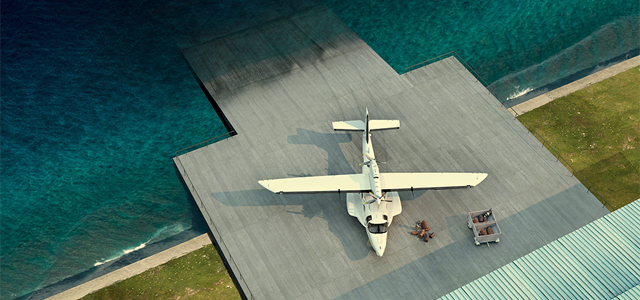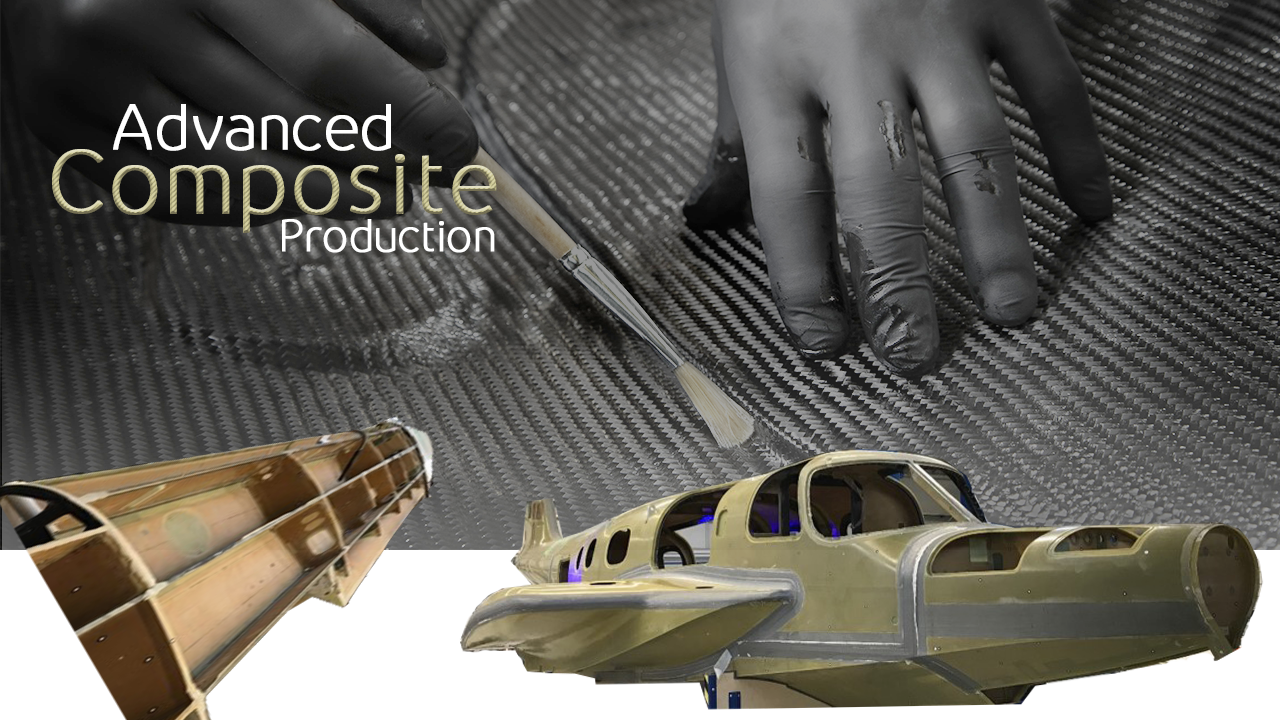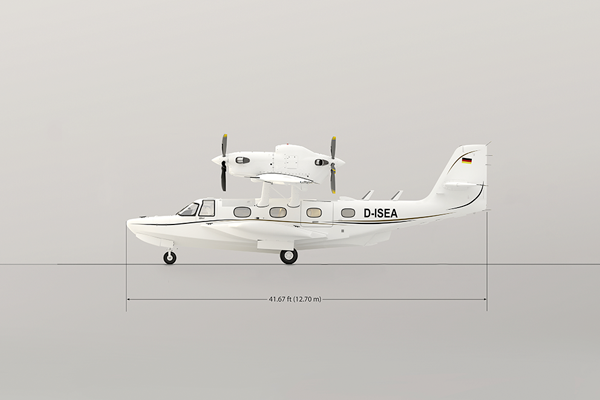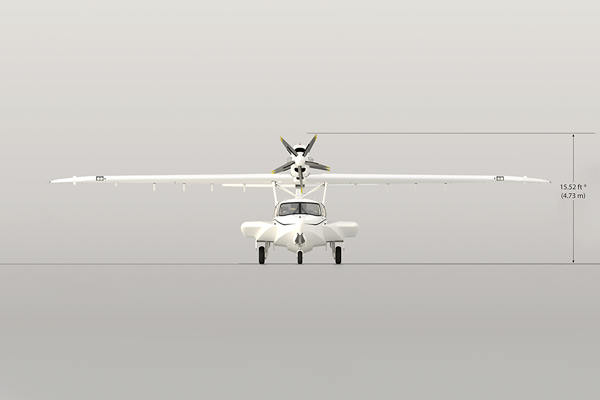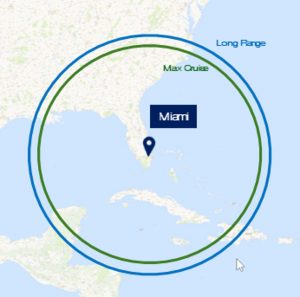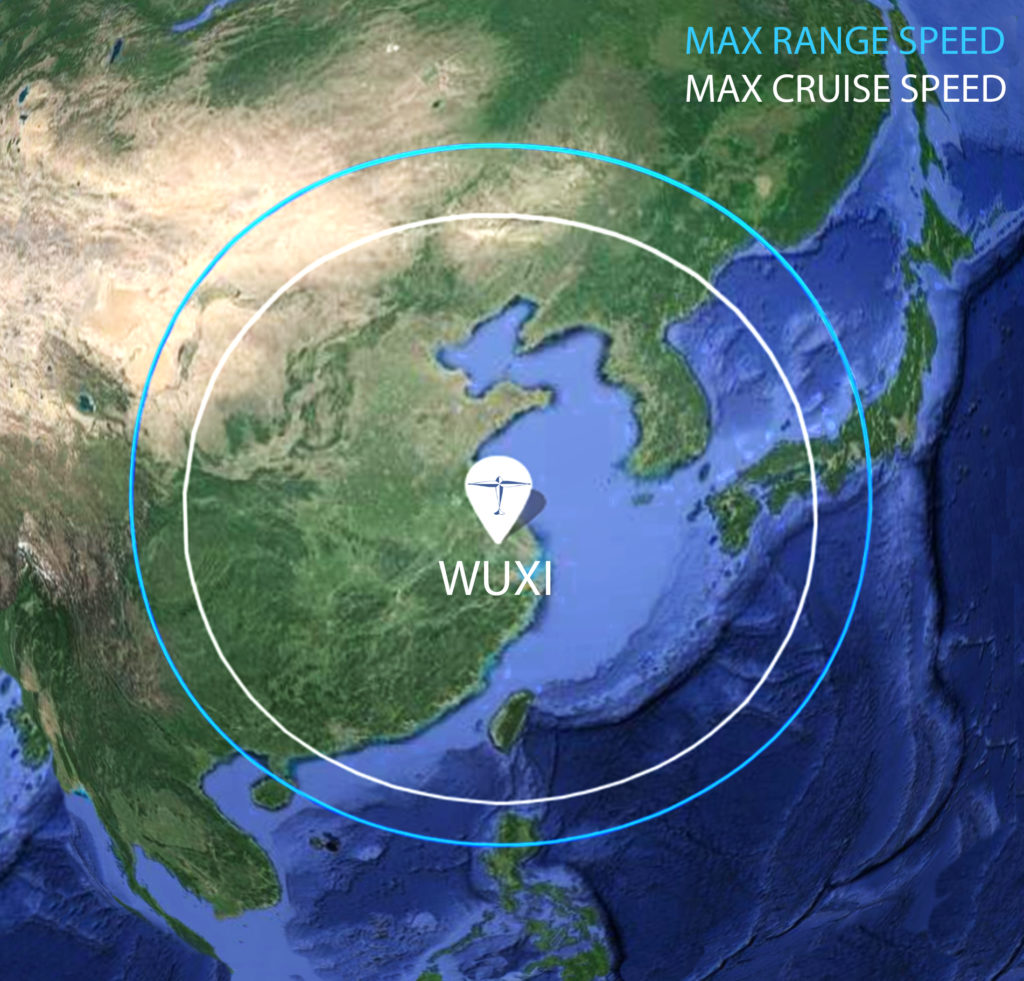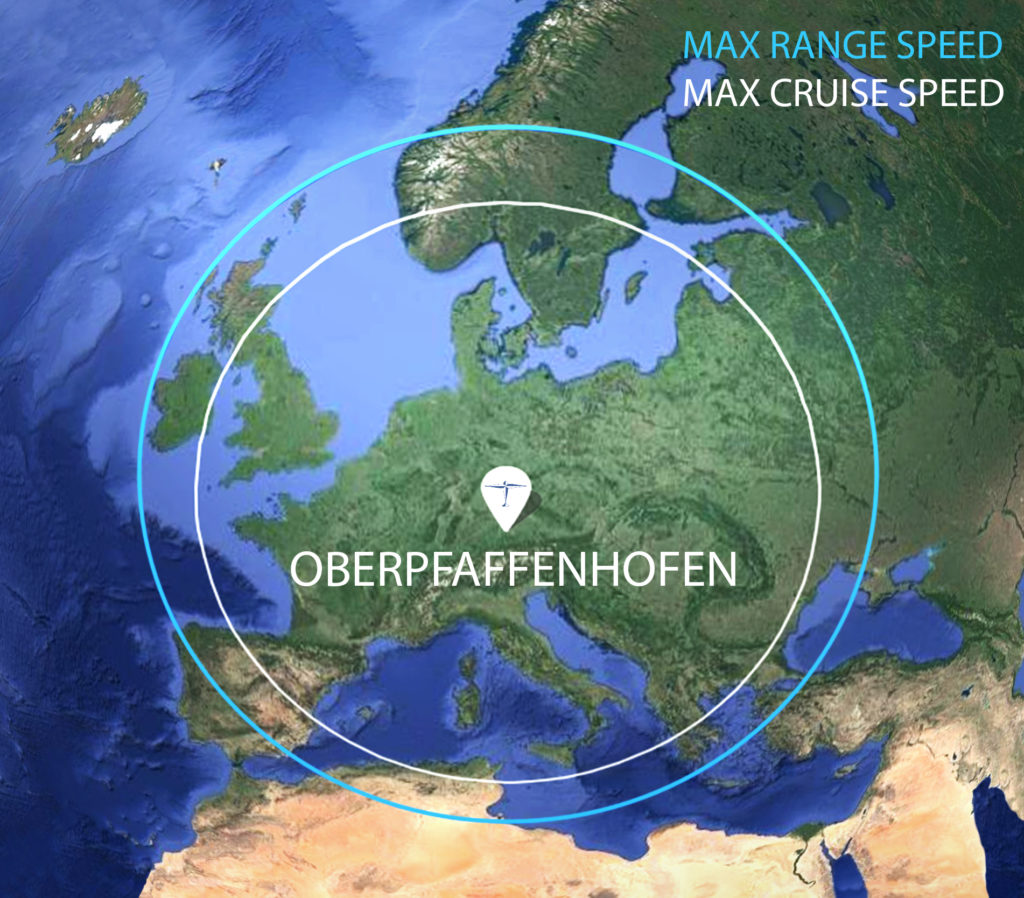Safety
A main design principle of the Seastar is related to enhanced safety. The aircraft is certified by both EASA and FAA. Equipped with two proven and highly reliable Pratt & Whitney PT6A-135A turboprop engines in tandem configuration, which eliminates the possibility of asymmetric thrust in the event of an engine failure. It offers twin-engine reliability with docile single-engine handling.
The Seastar wing is constructed as a single continuous airfoil structure with a three spar fail-safe design. The same holds for the fuselage: the rigid structure and integrated design results in long structural life and high damage tolerance properties. The “boat hull” is able to cope with rough sea conditions. The Seastar design results in docile flying characteristics with a stall speed of only 66 KCAS in the landing configuration (land).





